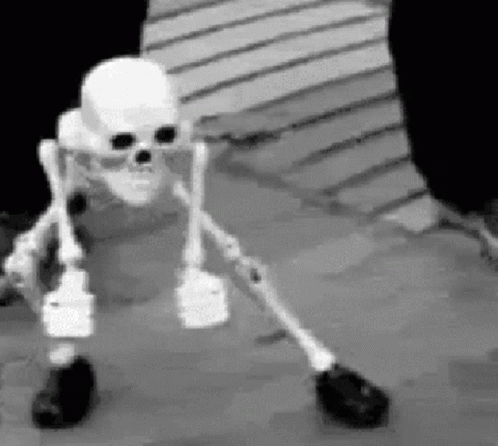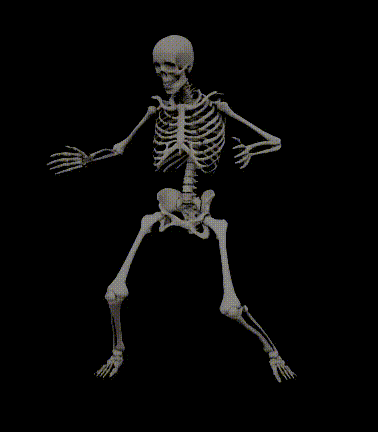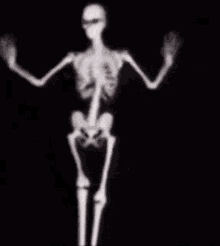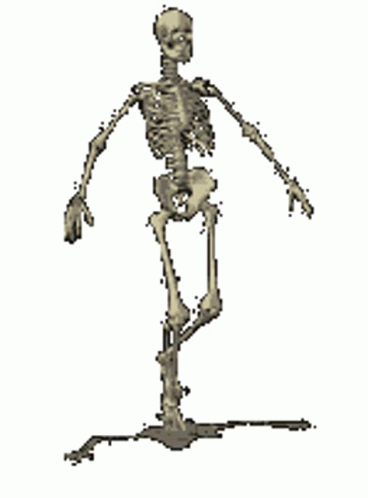The 90s Internet: Exploring & Fun
Back in the 1990s, the internet was the new wild frontier—a place full of hidden corners to explore, where anyone could become a creator. Websites were often hand-coded with HTML by enthusiasts, hobbyists, and artists who loved experimenting with colors, styles, and quirky content.
The web was decentralized: no mega-corporations controlled the flow of information, and communities formed around shared interests in chat rooms, forums, and personal websites. It was common to discover small, unique pages full of amateur art, fan clubs, animated GIFs, MIDI music, and crude but charming web design.
Every visit was an adventure—finding obscure links, personal diaries, odd little projects, and enthusiastic fan pages. People shared ideas openly and the culture celebrated creativity, anonymity, and freedom.
Today: Data Collection & Big Tech
Fast forward to today, and the internet looks very different. A handful of giant companies dominate the digital landscape, controlling platforms, search engines, social media, and online advertising.
Instead of exploration, user data has become the most valuable commodity. Every click, like, and movement is tracked, analyzed, and monetized. Personalized ads, algorithms, and data harvesting shape what we see and do online.
Privacy is limited as tracking technologies pervade every corner of the internet, and creative freedom often takes a backseat to monetization and compliance with corporate policies. The web’s early charm has been replaced by engineered experiences optimized to maximize user engagement and profit.
Despite this, pockets of the old internet spirit survive—in indie projects, decentralized platforms, and communities like Neocities that cherish openness and creativity.






